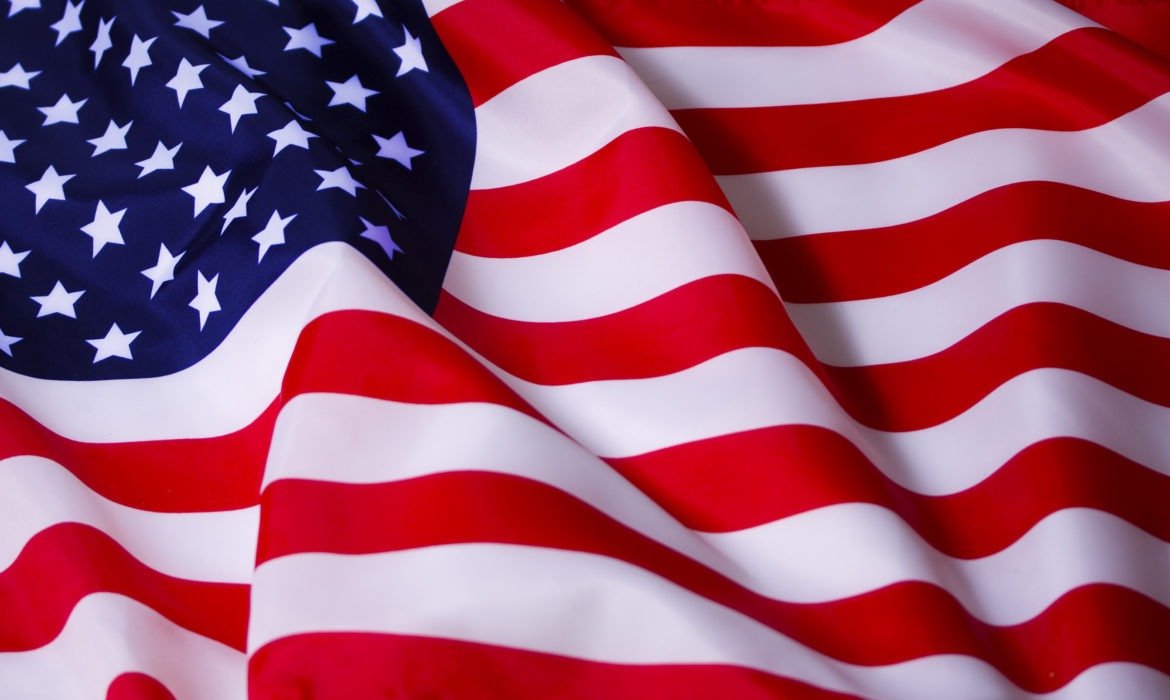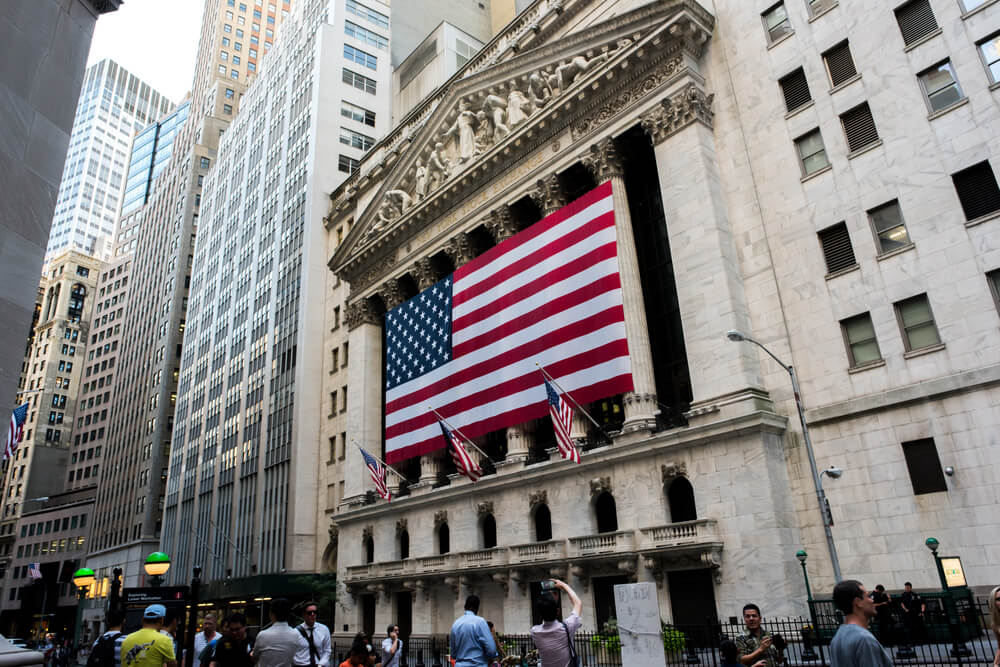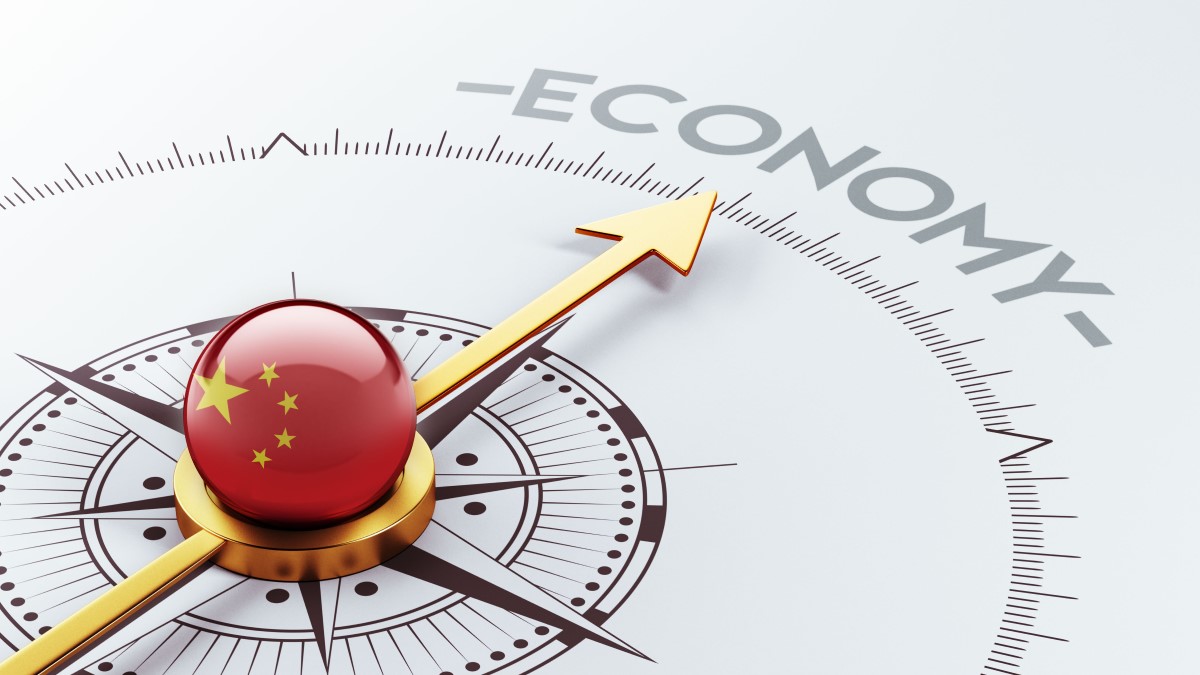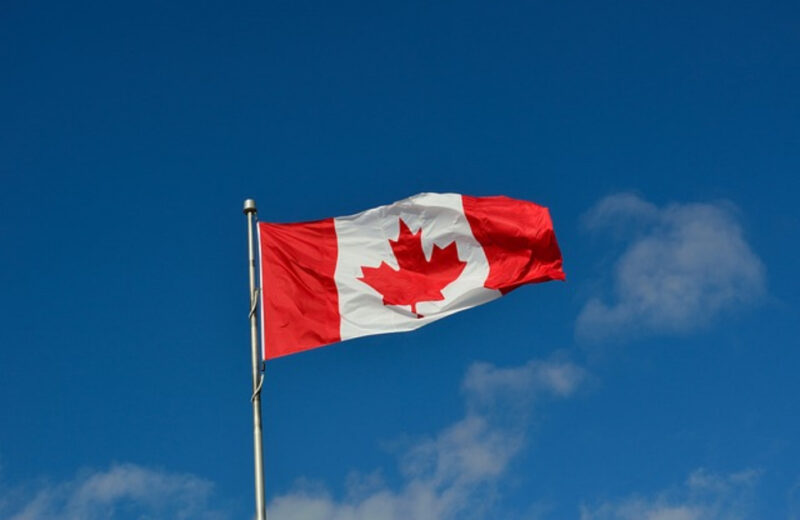So, June is already here. Thus, summer is arriving across the country. Therefore, something resembling a resumption of economic activity may commence. We have noted, recently, that economic data has stopped getting increasingly negative. This may be because the most severe impacts of the lockdown-related economic stoppage are behind us. Nevertheless, that still leaves the economy a long way from healed.
The current recovery is likely to play out in three phases: lockdown, transition, and healing. That is what Bank of America outlined last month in a note. Thus, now is the phase of development. Nevertheless, what that phase may look like continues to be informed by some jarring data. That data comes out from the period of the March-April lockdown economy.
What we know for sure is that tens of millions of workers lost their jobs. Initial data for jobless claims brought the total filings for unemployment insurance since the crisis started to north of 40 million.
On Friday, April’s data on savings outlays and personal income served as another stunning entry in our economic history. We know that consumers saved at a record response due to mass unemployment. Moreover, consumes cut spending at a record rate as incomes rose. This was because of the enhanced benefits of unemployment passed through the CARES Act.
That data, all together, informs us of the most straightforward story of what happened in the United States economy. As a result, millions of people saved every penny they could while losing jobs. How will we do further from here will inform fiscal policy, how many workers are re-employed quickly, and the spread of the virus.
The economy of the United States
Lydia Boussour is a senior United States economist at Oxford Economics. She said, in a note to clients, that consumer spending fell off a cliff in April. While the annual momentum plunged to its weakest pace on record, it collapsed by 13.6% month-over-month. Nevertheless, payments for more significant benefits temporarily lifted income momentum to its most robust pace on record.
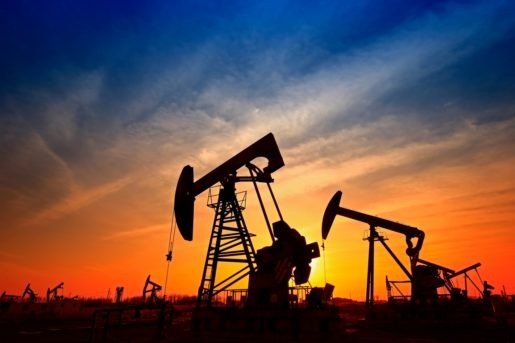
Boussour continued that the saving rate spiked from 12.7% to 33.0%, during extreme uncertainty. This is the highest rate ever. That underlines how a recession during a global virus leads to more frugal consumer behaviour which will dampen the recovery. That is, at some point, true. The boost from social benefits will, in fact, slowly erode over time. Thus, it will leave households more financially constrained.
Moreover, it seems that Congress can keep United States consumers afloat. This is while fears about the future and shelter-at-home policies are keeping most of those excess dollars from coming in, consumers have them stashed away. Savings during the first phase of the pandemic and the recession can help to boost the economy into the second half of the year.
Michael Gapen works at Barclays. In a note published on Friday, he said that, under the assumption that households had not spent the entirely of safety net payments already, there is potentially good news for reports in April. Personal incomes in households have accumulated sizeable savings of cash. Thus, they can spend in the upcoming quarters.


